Lei Feng Network (search "Lei Feng Net" public concern) by: This article by GfK senior analyst Fang Junlong, Wei Jia, Tan Ying jointly organized writing.
The development of technology allows us to restructure and define new life concepts. GfK selected ten technological developments that will have a major impact on people’s lives in the near future. We believe that these technologies will greatly influence brand manufacturers, business models, and “Connected Consumers†in the future, and further promote the opening of the Internet of Things.
Ubiquitous data analysis 
Each of the technology trends in this article is related to data, and some technologies are directly derived from data analysis. More and more companies use the big data collected from their customers to better understand customer needs and optimize products to better serve customers. This is ubiquitous data analysis. It pays more attention to the quality of data, not quantity. Turn data maximization into valuable innovation, use data to gain insight into the market, and make informed business judgments based on that.
If you are concerned about the quality of your data, it will be crucial to screen all the collected information. For example, artificial intelligence, which will be mentioned later, requires a series of actions to be completed quickly: data collection, analysis, and instant judgment. Strictly speaking, the focus on data quality needs to be embedded in the data acquisition process.
Behind such data analysis, we must also pay attention to the privacy of consumer information. The GfK consumer research conducted in 2015 in 20 regions around the world shows that consumers around the world are worried about how their data is collected, sold, and used. According to 16% of global users, “personal information is illegally used†is one of the three things people are most concerned about (13% in 2013). Since the market is different, the degree of concern is also different, but we also believe that consumers do not have a clear awareness that a large amount of data about them is being used for market analysis. At the same time, they are not aware of the great value of this, so each The industry needs careful use and analysis of this data.
Virtual Reality (VR) 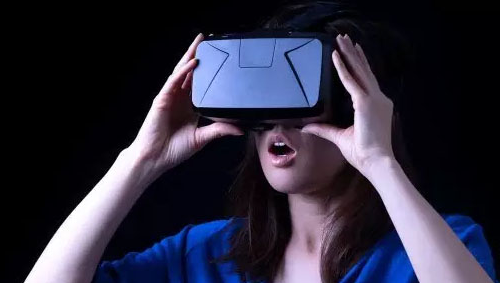
In 2016, everything from the industry to consumers, from hardware to software, and about virtual reality is at the stage of universal education. As the three giants successively launched consumer-grade products, and the news of “sold out†has spread, virtual reality has rapidly swept the globe as the most interesting area of ​​new intelligence. The global VR headline market is expected to reach 2.8 billion U.S. dollars in 2020, with VR head-mounted devices used by players occupying the majority share.
The total retail sales in the Chinese market in 2016 will reach about 3 million units. From the VR headline online market monitored by GfK, from January to April 2016, the VR headline retail volume has almost doubled 20 times. The virtual reality hardware The product is experiencing an initial explosive growth. However, it is still based on VR boxes . On the whole, China's VR market is still in a barbarous stage of growth. Whether it is from the hardware or the content is in a very early stage, the business model is still being further explored, the real arrival of the VR era also needs to open up hardware, content and standards Waiting for VR to die, and trying to solve these problems, is not an overnight event. However, the prospects of VR applications are obvious to all. We believe that in the future, VR applications will gradually infiltrate into live broadcasting, tourism training, medical care, decoration, real estate, and education.
Artificial Intelligence (AI) 
Artificial intelligence is ultimately the process of recreating human thinking. As an artificially manufactured machine, the ultimate form of AI will have the same level of intelligence as us: learning, reasoning, using language, conceiving original ideas. However, only AI with learning ability has quickly penetrated into our lives. Amazon uses AI technology to recommend products to consumers, and Netflix uses it to recommend movies. Facebook and Twitter use it to choose what to push. Siri, GoogleNow, Cortana and most recently Amazon Echo are using AI technology to provide voice control services to customers.
Speech recognition is currently one of the core areas where artificial intelligence falls, invests and R&D. Based on artificial intelligence, there is a lot of room for various manufacturers to use. Different applications and directions are really interesting. In 2016, the development of AI assistants may surpass the development of smart phones. Artificial intelligence is a market to be explored and developed. There are many possibilities in this market.
Wearable products 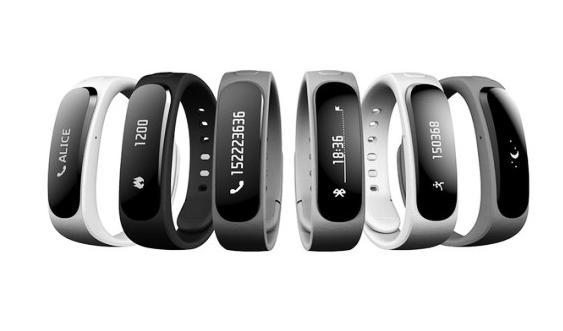
How long does it take for smart watches, health monitoring wristbands, cameras, GPS positioning equipment and heart rate monitoring equipment to enter the mainstream market? Although the release of the much-anticipated Google Glass and Apple Watch has captured the imagination of consumers, only a few consumers have accepted these devices. China's wearable market is expected to reach 31.6 million units in 2016, which is a 32% increase from 2015. However, the lower-priced wristband products account for the majority of the market. Overall market sales continue to increase while the growth rate slows down. The market has passed. After the leap-forward development in 2015, it began to enter a more rational stage.
If wearable products want to attract more consumers, we think there are four things to note:
1. Integration with the Internet of Things
Integrating wearable devices with the existing personal technology ecosystem will become a fundamental measure for expanding the market. As the link between consumers and smart homes and smart cars is constantly being established, this convergence will become even more important. Consumers will use smart wearable devices to control homes and cars just as smart phones do.
2, design and material
Shape design has become a major stumbling block for wearable products to keep up with the trend of the times. Some fashion brands are conscious of this lack of technology in the development of wearable devices while realizing this business opportunity. Therefore, these brands choose to cooperate with technology vendors. For example, high-end watch manufacturers Fossil and TAG Heuer have collaborated with companies like Intel and Google to develop smart devices. The next development direction of wearable devices in appearance is tailor-made clothing and medical equipment. A new generation of wearable products will certainly need to incorporate the stylish look of electronic technology and traditional wearable products.
3, accurate and effective information collection
Improving data accuracy and interpreting power are another big issue that wearable manufacturers are solving. With the improvement of sensor technology, the data output from wearable devices will be more reliable and accurate. This information will be increasingly stored in the cloud and the cloud initiative to provide consumers with relevant and actionable information.
4, eye-catching new case
We believe that products with distinctive characteristics will gradually establish unique relationships with consumers. For example, heart rhythms can be used to open doors or adjust indoor temperatures instead of handwritten passwords. In this way, the combination of a large number of devices on the market and each consumer's own characteristics is realized.
Video consumption 
Video consumption is growing faster than anyone expected, and online has become the main channel for people to watch videos, from short videos on social media to movie services and package services on video sites and even to the video of the recent fire. Consumers seem to be able to see the video content they want to see on any platform at any time. In fact, it is predicted that by 2019, 80 percent of Internet traffic consumption will come from video viewing.
Given that a large amount of video content is being consumed, understanding audience behavior has become particularly important: who is spending, where is it consumed, what equipment is used, and how can they make a better experience for them.
People engaged in brand marketing not only need to cater to new opportunities to optimize their advertising and market mix, but also need to use them to provide relevant information to consumers if they do not regard the video industry as an important part of communicating with consumers. If so, their opponents will. And as more and more players invest in this field, from the producers and distributors of the content to the major brands and vendors, mutual cooperation will become a demand. Only through the exchange of information between multiple parties can they be released. More energy.
Drone 
According to GfK China estimates, in 2014, China’s aerial consumer drones market was nearly 600 million yuan, and by 2018 it will surge to 6 billion yuan. The civil drone market is expected to form a scale of 100 billion in the next 10 years, and there is ample room for future development.
Drones are not new products. UAVs can play a role in aerial photography, terrain mapping, commercial transportation and rescue deployment, and even in automated mechanized production. Utilities for drone technology can be further explored in many fields and will reduce business Costs and improve business efficiency play a very good role in catalysis, but there is still a long way to go before achieving such a good vision.
At present, drones still face many obstacles, such as the lack of "perceived obstacle-avoidance" technologies, restrictions on the carrying weight, no night vision capabilities, and limited battery life. The use of drones to reduce the cost of cargo transportation is also a concern for people in the commercial sector, but the technical and policy barriers it faces are particularly evident. As new players enter the market and the government's policies on drone management become more comprehensive and standardized, these obstacles will be gradually broken through, and drone technology and industry development will become more and more mature.
Mobile payment 
The global mobile payment market is more complicated. At present, traditional payment methods have a strong foundation in many mature markets and cannot easily be shaken. On the contrary, some African markets and markets in Asian developing countries have entered the mobile payment era directly. In such a fragmented environment, it is crucial for brands, manufacturers and retailers to understand the current global landscape of mobile payments and its evolution.
In China, Alibaba, Tencent, and other third-party players have taken the lead in encouraging online users to make payments via mobile phones in physical stores or online stores. The use of mobile phones with payment functions by Xiaomi, OPPO, and Meizu also means that in this market, mobile payment is not only available but also at your fingertips. And those markets that are considered to receive emerging technologies for the first time will present a completely different situation from those in the above regions. For example, in the United Kingdom and the United States, only a small percentage of high-end mobile phones support “tap and pay,†and this is where key investments by Visa, Google, Apple, and Samsung are located. Nearly half of consumers (49%) believe that mobile payment is just a “stunt†and brand owners need to get rid of this consumer perception.
Although the mobile payment market has been talked about for at least ten years by us, the current market is really just a rising stage. At present, some markets still need to increase consumer awareness of mobile payments, while for other markets, what we need to do is to reduce barriers to the use of mobile payments.
smart car 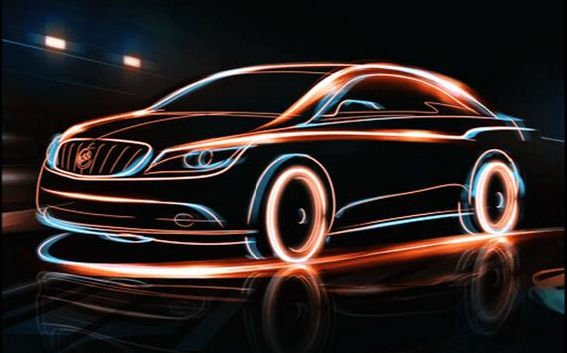
As the Internet of Things technology matures, smart cars will also emerge. Many luxury cars have been equipped with large displays, and the large-screen car will continue to be the trend. In late 2016 or early 2017, additional monitors designed for front passengers will also appear in high-end cars. In order to allow passengers to better experience the "Augmented Reality (AR)" technology, some OEMs even want to extend the display screen to the entire windshield or side window. The advancement of screen display technology has opened the door for electronic consumer manufacturers and start-ups who are trying to reach the front of traditional car suppliers.
In the past, subject to limitations of Things technology, OEMs difficult to find the right business model, but now your chance. By understanding the needs and preferences of market segments consumers, it is possible to tailor car apps and supporting services to get the appropriate rewards. For example, Volvo’s mobile in-vehicle information system—car manager—provides a mobile phone app to remotely control the car's air temperature system and warm up the car's functions. Its user penetration rate in the Nordic countries has greatly increased from 5% to 10%. Now is the best time for OEMs to make effective use of the App in smartphones to adjust their products to expand market influence. Therefore, it is very important to understand customers in depth and find an innovative partner to design and develop. It's also important to have an app or feature that satisfies customers and meets their needs.
3D printing 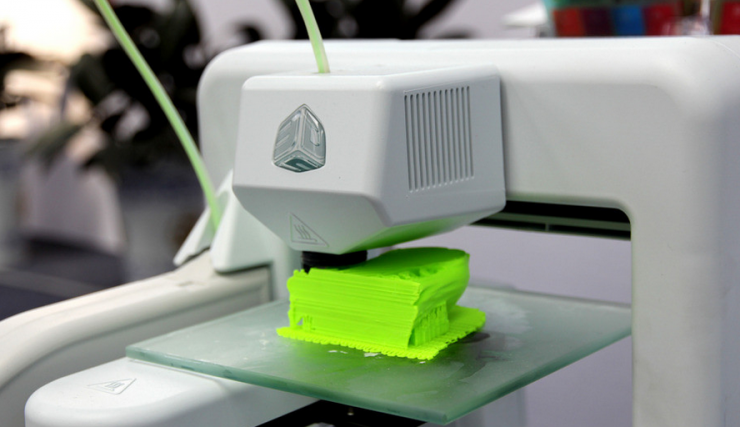
The sales volume of 3d printers is still relatively small. However, as more manufacturers join the field and consumer awareness gradually increases, this situation should change next year. Take Germany as an example. According to our latest data monitoring report, the sales volume of 3D printers increased by 71% last year, and the demand is still further expanding. Our data shows that consumers think that 3D printing technology is very attractive, and 3D printing ranks third in technology most likely to affect their lives . This ranks higher than smart cars, cloud computing, wearables, and Internet of Things. This shows that the popularity of this new technology is already very high in the world.
Price has been a major obstacle to the spread of emerging technologies. However, as the cost declines, prices will no longer be an obstacle, and the advantages of 3D printing technology will become more obvious and prominent: lower assembly costs, reduced waste, very low shipping and distribution costs and faster New product launch speed. Ultimately, a truly efficient supply chain will lead to the development of the global market.
3D printing has the potential to be an industry disruptor, and manufacturers and designers should promptly register trademarks and apply for patents and copyrights to protect their intellectual property rights in order to avoid the latest products being plagiarized and even sold on the market without authorization. This may mean that the value of the product itself has begun to shift to the ideas and ideas behind the design.
Smart home 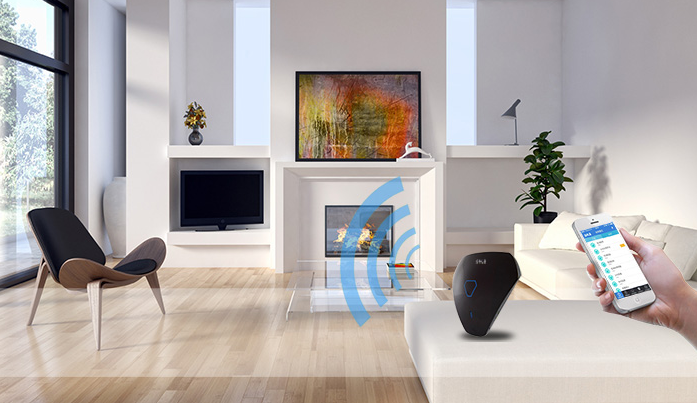
An “gold rush†of smart homes is being carried out in various fields. Various organizations such as traditional manufacturers, internet companies, international technology providers and retailers are seeking to participate in the future in the home field to the greatest extent possible. According to a GfK study of consumers in seven countries around the world, the vast majority of consumers (90%) know smart homes, 50% of consumers think that smart homes can change their lives, and 78% of consumers agree that this is a Attraction concept.
However, for manufacturers, the current challenge is that consumers still know very little about smart homes and its capabilities, and only 10% of consumers respond with “a lot to understandâ€. The lack of understanding of the potential of smart homes means that the current applications are still fragmented. Consumers currently only consider purchasing individual smart home devices to meet a specific need, but when consumers think about what smart homes can do for them, their expectations are often high. Consumers want a seamless connection between smart home products and services. Many people hope that a supplier can provide all smart home products and services, and they are willing to buy an app for this function.
The key to successful smart homes today is to enable consumers to understand how smart home technologies can improve their quality of life and provide a highly engaging and effective user experience . Now it needs industry collaboration and consumer education to drive demand, and promote the innovation transformation of smart home from manufacturer leadership development to consumer demand leading development. Industry-related participants need to cooperate and form different partnerships. This will ensure that different devices and services can be connected to each other in the background to meet the demand for convenience. Only by satisfying this, the true value of smart home can be reflected.
According to GfK China's research on the intelligentization of home appliances, the pace of development of smart appliances in China’s home appliances is at the forefront of the world, but it is also at the stage of suppliers, retailers, and other suppliers, and it is still at the level of smart intelligence, mobile remote control, and other primary intelligence. Intelligent function exploration and trial stage; because there is no uniform standard, each is trying to establish its own "open" intelligent system for smart home layout, and is also actively trying different levels of cooperation including business model innovation; China's huge The evolution of the user base and Internet business will provide a good soil for the development and innovation of smart homes. It is expected that smart homes will generate new BAT-like businesses in the future.
About GfK (GfK Global Website)
GfK is a trusted source of market trends and consumer information to help customers make smarter business decisions. We have a worldwide staff of more than 13,000 full-time study, full of enthusiasm for their work, done bearing long-term data analysis experience, able to make globalization an important insight to match the local market, according to information in more than 100 countries. GfK uses innovative technologies and data analysis models to transform big data into smart data, helping customers to enhance their competitive advantage and enriching consumers' experiences and choices.